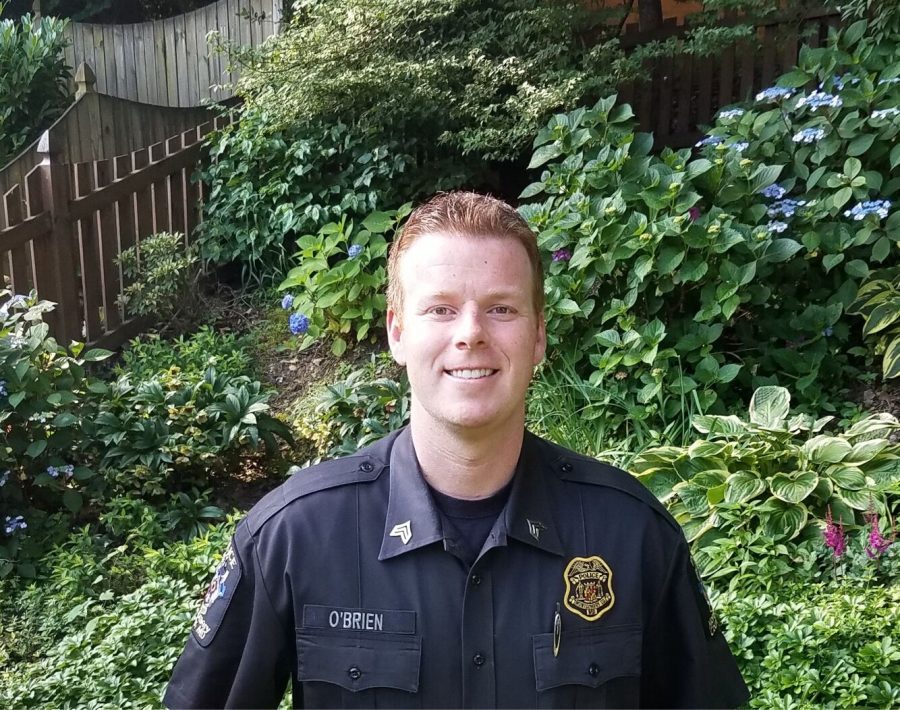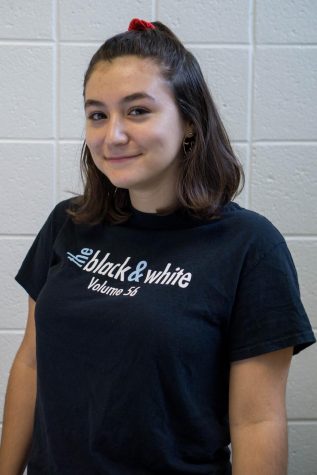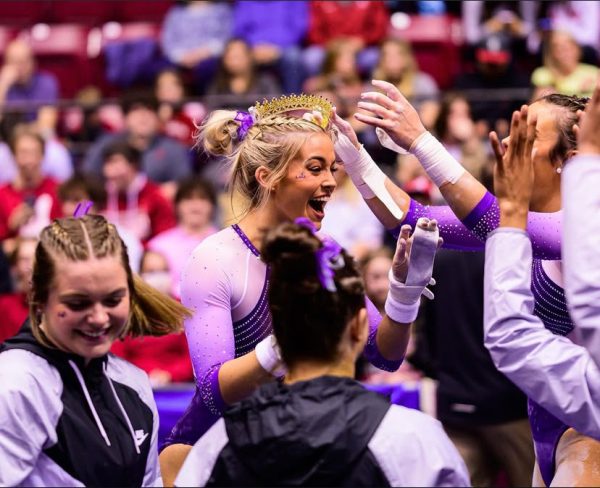Q&A with Det. Sgt. John O’Brien of the MCPD Collision Reconstruction Unit
Detective Sergeant John O’Brien oversees the Collision Reconstruction Unit of the Montgomery County Police. The unit reconstructs and evaluates all high-profile and serious crashes in the county. Photo courtesy O’Brien.
June 19, 2018
Detective Sergeant John O’Brien oversees crash investigations and reconstructions for the Montgomery County Police Department’s Collision Reconstruction Unit. O’Brien worked in different units within the MCPD for eight years before transferring to his current job, where he oversees investigations of all fatal, serious or high-profile collisions in the county. O’Brien spoke to The Black & White about his experiences with the unit.
Responses have been edited for length and clarity.
The Black&White: Could you explain how the investigation process typically works?
Det. Sgt. John O’Brien: One of the first things we do is walk through the scene itself and just start looking for evidence. After we do that, we start taking hundreds and hundreds of photographs because there are things that upon review you’ll say, “I missed this when I was walking by, but now I see this or that.” When we go to trial, it’s good to have as many photographs as possible. Then we’ll take different measurements on scene to help us with our calculations later. Once we leave the scene, we might be obtaining search warrants and interviewing witnesses, defendants and victims.
B&W: How much time goes into each investigation?
JO: When we’re on the scene of our crashes, we’ll be there for between four to six hours. On average, it takes us about four to six weeks to finish our investigation because there’s a lot that goes into it. We’ll get search warrants, review if there’ve been recalls on certain cars and re-interview some of our witnesses. When we’re done with our investigation, the detective in charge will hand out their math and everyone will check it.
After we do that, we meet with the State Attorney’s Office. While we’re in charge of the investigation, they’re in charge of prosecuting it, so we have to present our case to them and then come to an agreement about the charges we’re going to place and how we’re going to proceed.
B&W: Each detective is required to complete a minimum of 200 hours of training. What does this training entail?
JO: It’s a lot of physics and math. For example, we can use a formula that will determine the minimum and maximum speed the car was going when it hit a pedestrian. We factor in how far the pedestrian was thrown and what kind of surface the car was on. Another thing we can do is measure skid marks, which allows us to calculate the minimum speed a car was going prior to a crash. With pedestrians, there’s the cone of debris; if you were to be hit today, you would have stuff go flying that would allow us to determine exactly where you were hit.
B&W: What kind of emotional toll does this work take?
JO: It can be very challenging. The crash from a couple years ago, off River Road and Braeburn, was very challenging for all the detectives involved. Any time that we have a crash involving children, it’s really tough to see. As the supervisor of the unit, I do all of the death notifications for families. It’s very challenging when you’re talking to someone and delivering the worst possible news: that a friend or loved one is not coming home. We have a lot of counselors and mental health professionals who work with us, and we try to encourage our detectives to speak with them.
B&W: What’s the best thing about working with this unit?
JO: You get an opportunity to speak for someone who can’t speak anymore, and you do your best to give answers to families about why their loved ones died. Not a lot of different jobs give you that opportunity. No information will ever bring that person back, but you’re able to give a little bit of closure to somebody.







